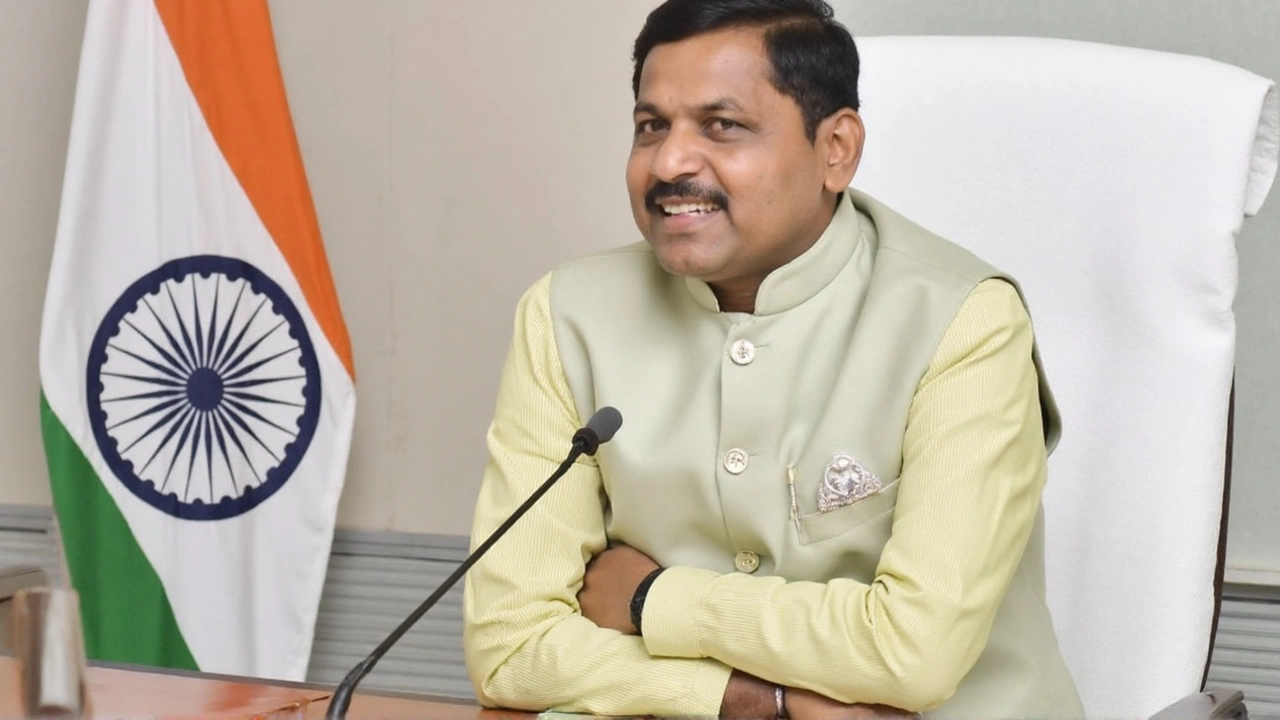Direct Benefit Transfer (DBT): What It Is and Why It Matters
If you’ve heard the term DBT lately, you’re not alone. Direct Benefit Transfer, or DBT, is the Indian government’s way of moving subsidies, pension, scholarships, and other welfare payments straight into a person’s bank account. No more paper coupons, no more middlemen, just money where it belongs – in your hands.
Why did the government switch to DBT? The main goal is to cut fraud and delays. When cash or vouchers get lost, stolen, or misused, the intended beneficiary suffers. By linking benefits to a bank account and a unique ID (usually Aadhaar), the system ensures that funds go directly to the right person, faster and with less paperwork.
How DBT Works in Simple Steps
First, the government identifies the scheme – say, the LPG subsidy for cooking gas. Next, eligible families are registered with their Aadhaar number and bank details. When the subsidy is approved, the amount is credited to their account automatically. The family can then use the money to purchase the item or pay bills online.
Most banks in India support DBT, and the process is handled through the National Payments Corporation of India (NPCI). If you’re unsure whether your account is DBT‑enabled, a quick call to your bank or a visit to the nearest branch will clear it up.
Common DBT Schemes You Might See
Here are a few everyday examples you may recognize:
- PM-Kisan: Direct cash to small farmers.
- Pradhan Mantri Jan Dhan Yojana: Financial inclusion for unbanked citizens.
- Scholarships: Funds for students go straight to their bank accounts.
- Pension schemes: Senior citizens receive monthly payouts without a cheque.
- LPG subsidy: Discount amount added to your bank when you buy a cylinder.
Each scheme follows the same basic flow – eligibility, registration, and automatic credit.
What happens if a payment fails? Usually, it’s a mismatch in bank details or an Aadhaar linking issue. In that case, the government’s portal lets you update the information, and the payment is re‑processed within a few days.
Beyond convenience, DBT also helps the government track how much money is spent on each program. Real‑time data means better planning and fewer leaks in the system.
For you, the biggest benefit is transparency. You can log into the DBT portal or use the bank’s mobile app to see when and how much you’ve received. No more guessing whether a subsidy arrived.
Still have questions? Most banks offer a dedicated DBT helpline, and the Ministry of Finance runs a public help desk that answers specific concerns.
In short, Direct Benefit Transfer streamlines government assistance, saves money, and puts control back in the hands of citizens. If you qualify for any scheme, make sure your Aadhaar and bank details are up to date – that’s the fastest way to start receiving benefits directly.

On August 7, 2025, 1.27 crore women in Madhya Pradesh received Rs 1,500 each as part of the 27th Ladli Behna Yojana installment. This included a regular payout of Rs 1,250 and a special Raksha Bandhan bonus of Rs 250, credited directly into their bank accounts to boost financial security and independence.
